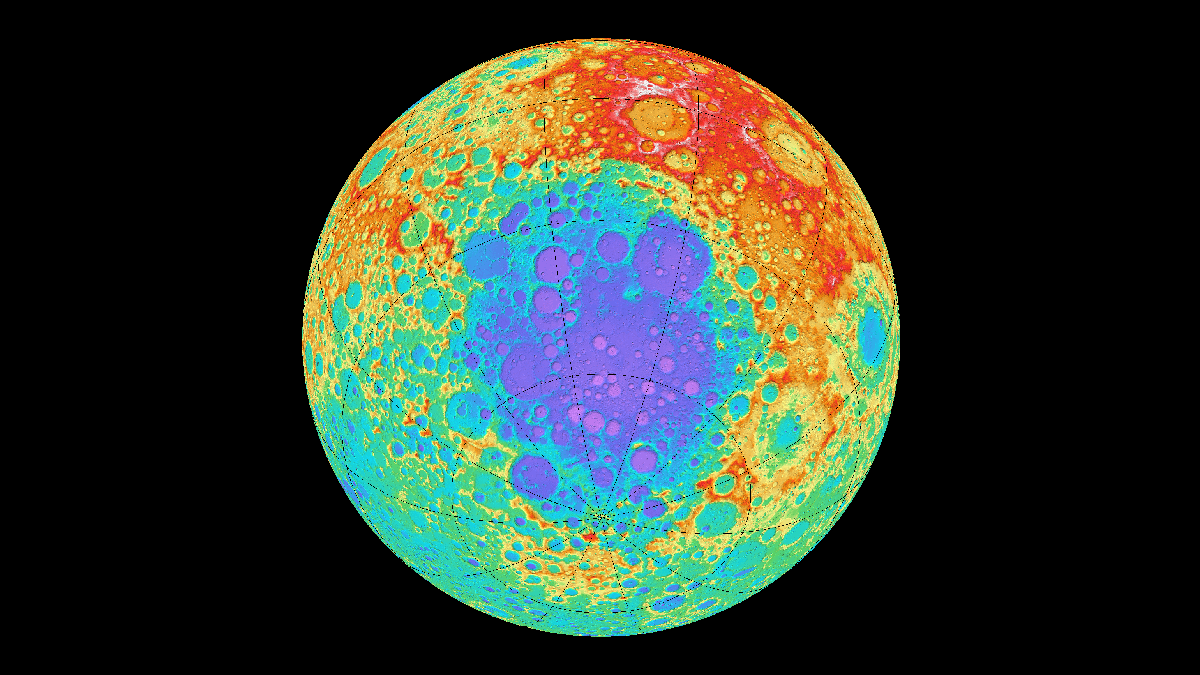MI weekly selection #583

Climate change could drive mass extinctions by 2100
A new study warns that nearly one-third of Earth’s species could face extinction by 2100 if global temperatures rise 1.5 degrees Celsius above pre-industrial levels, surpassing the Paris Agreement target. The study emphasizes the urgent need for policymakers to limit greenhouse gas emissions to prevent accelerated extinction risks, especially in regions such as Australia, South America and New Zealand.
Full Story: Live Science
Unusual blue aurora challenges atmospheric science
A geomagnetic storm in May produced a rare blue aurora at low latitudes, puzzling scientists due to its high altitude and distinct color. Researchers propose that nitrogen molecular ions, accelerated by an unknown process, caused the phenomenon.
Full Story: ScienceAlert
The genetic adaptation in Chernobyl dogs
Researchers are studying the unique genetic adaptations of dogs living in the Chernobyl Exclusion Zone, where they have survived in a highly radioactive environment since the 1986 nuclear disaster. The team has identified significant genetic differences between two dog populations near the Chernobyl site, suggesting distinct evolutionary paths.
Full Story: Earth
The timeline of lunar impacts
The age of the moon’s South Pole-Aitken basin has been dated to over 4.3 billion years, indicating it predates other large lunar basins and questioning the late heavy bombardment theory. This discovery, derived from lunar meteorite NWA 2995, suggests a more complex history of impacts on the moon.
Full Story: Eos
One mutation would give H5N1 the ability to bind to airway cells
The variant of H5N1 avian influenza spreading in dairy cattle is one mutation away from being able to bind efficiently to human upper respiratory system cells, which would make the virus transmissible from person to person. Although cell binding was weak, it was stronger than the variant of H1N1 that caused the 2009 swine flu pandemic, and a second mutation would enhance binding strength.
Full Story: Science